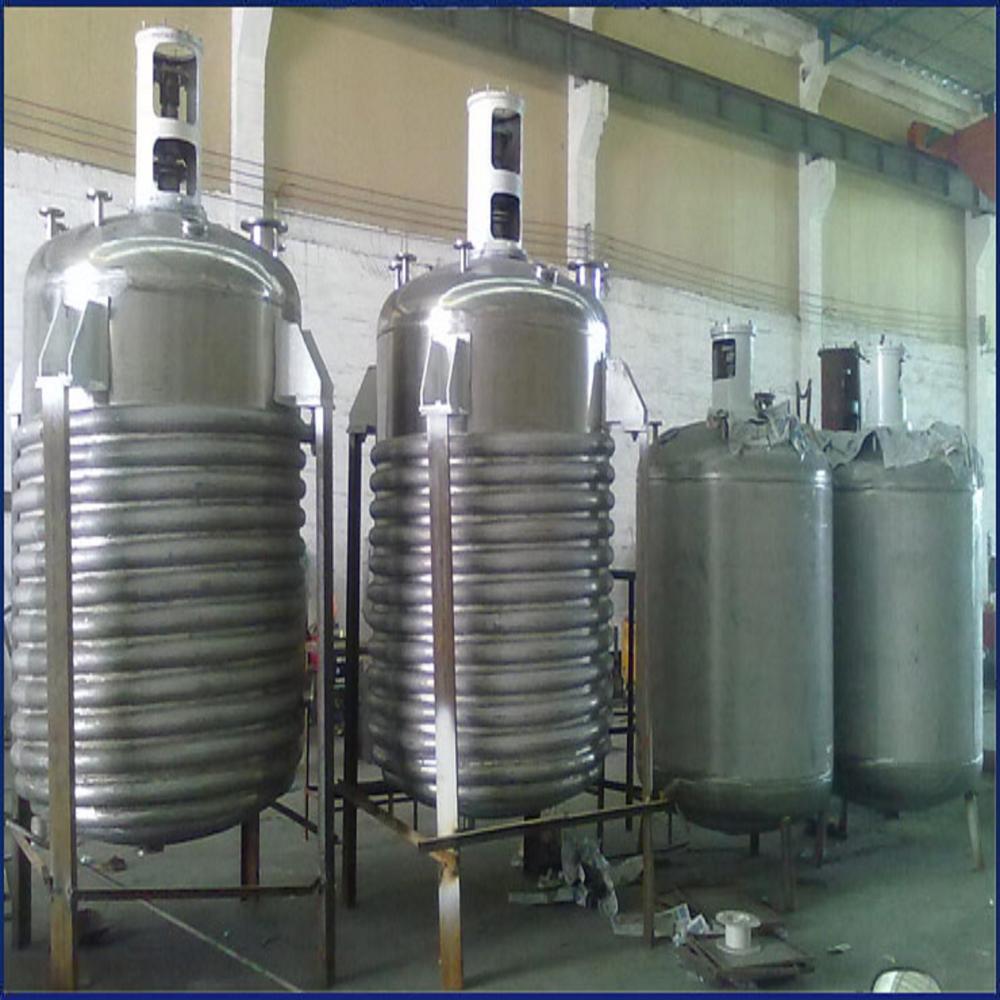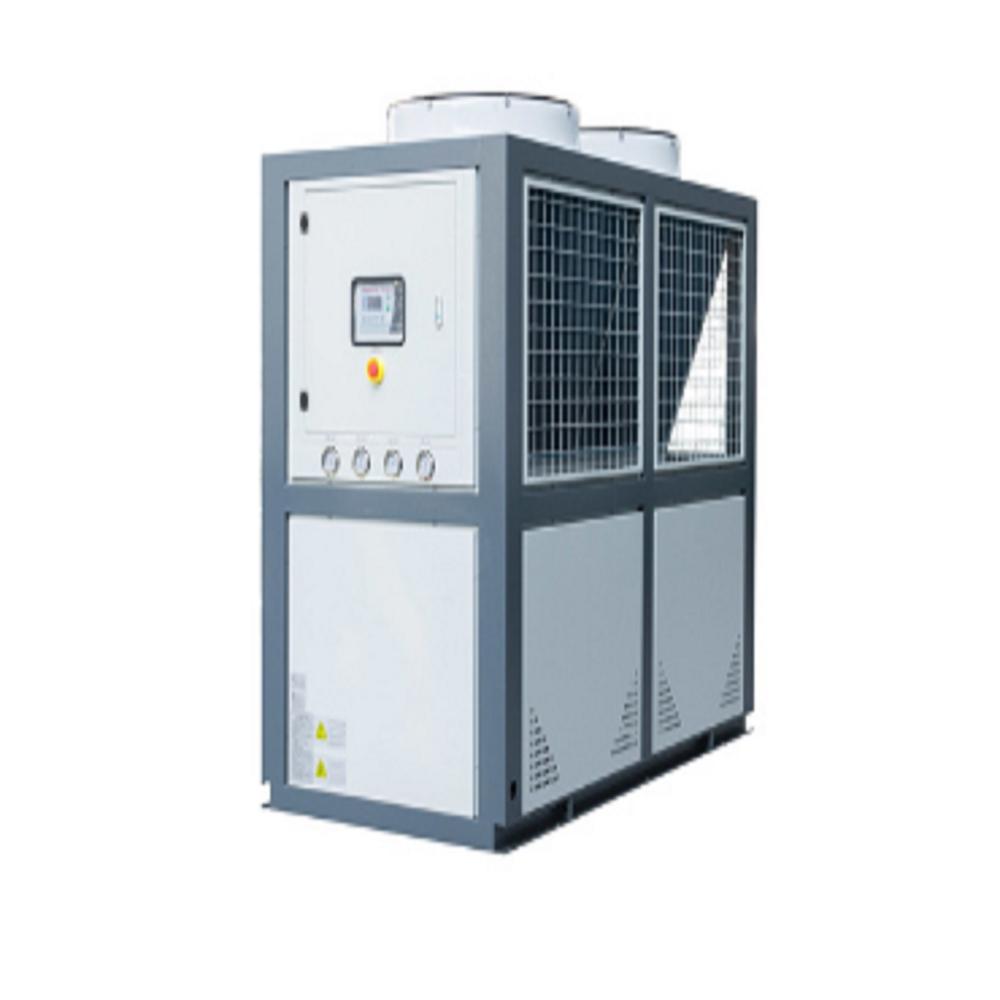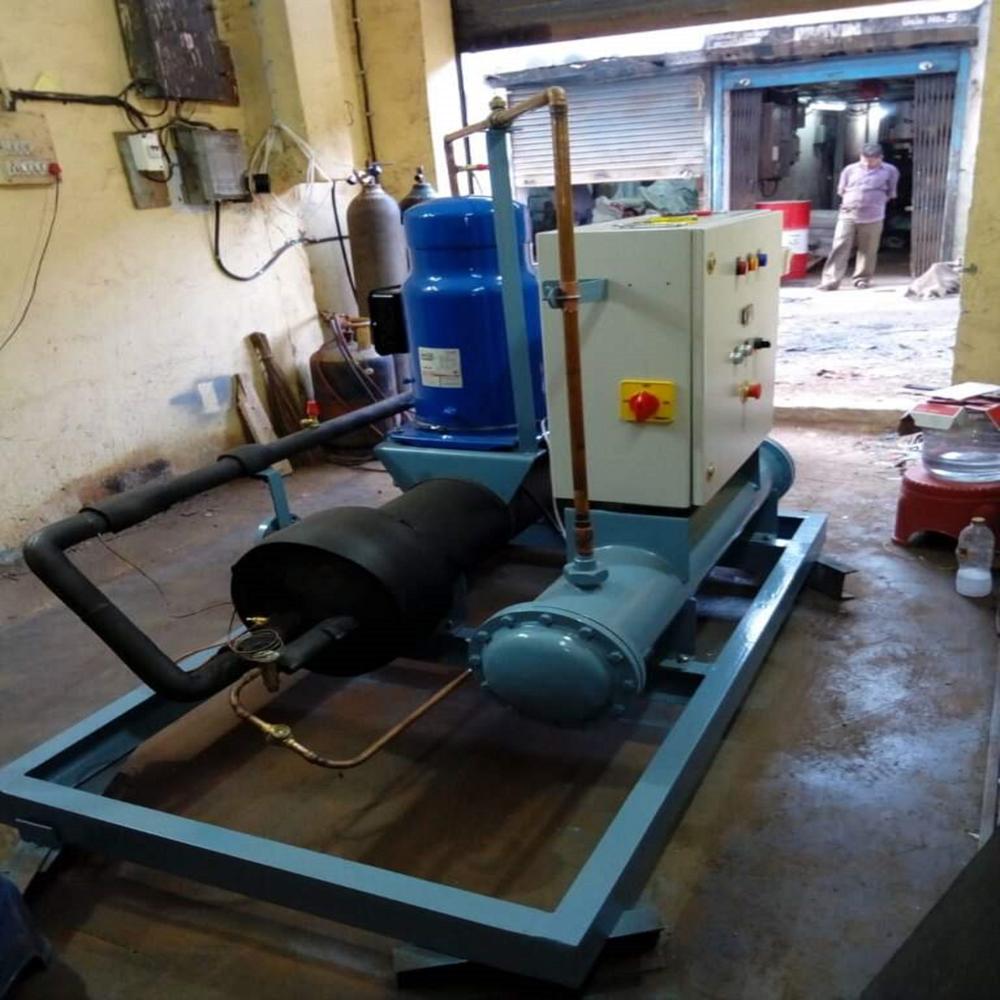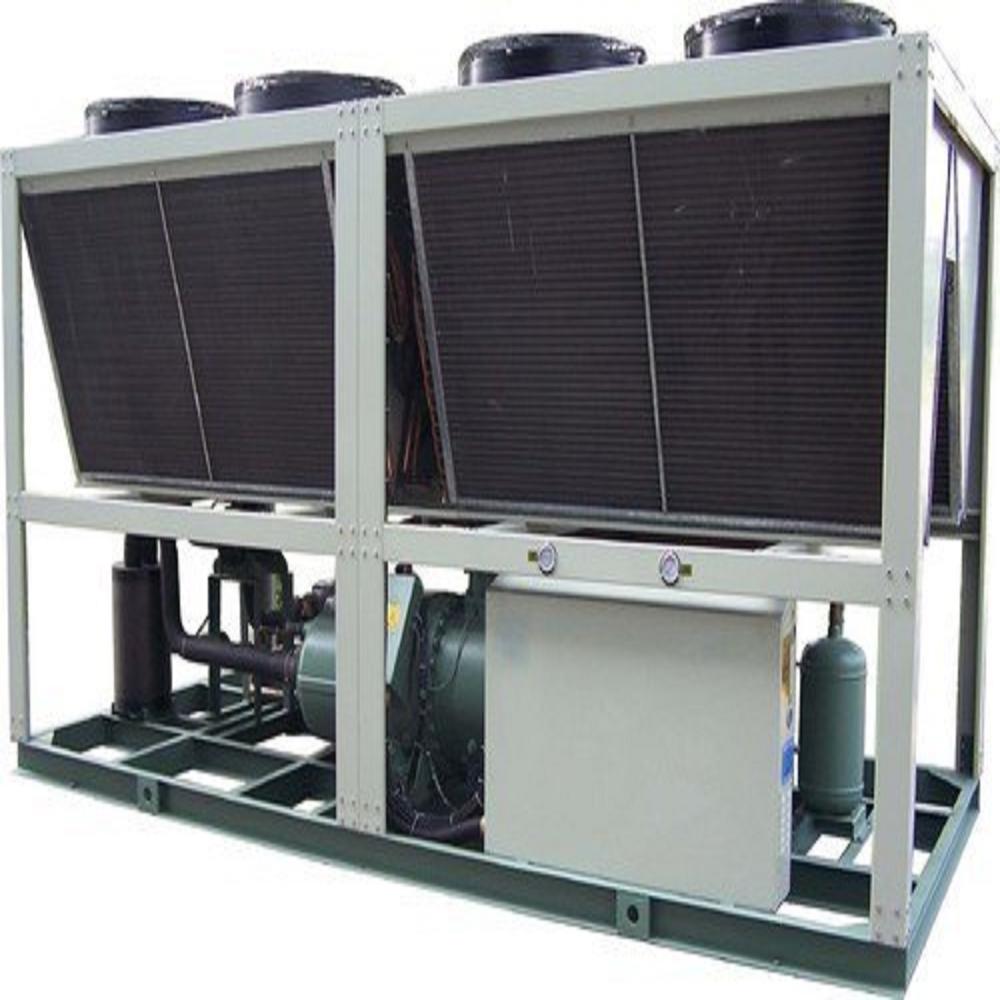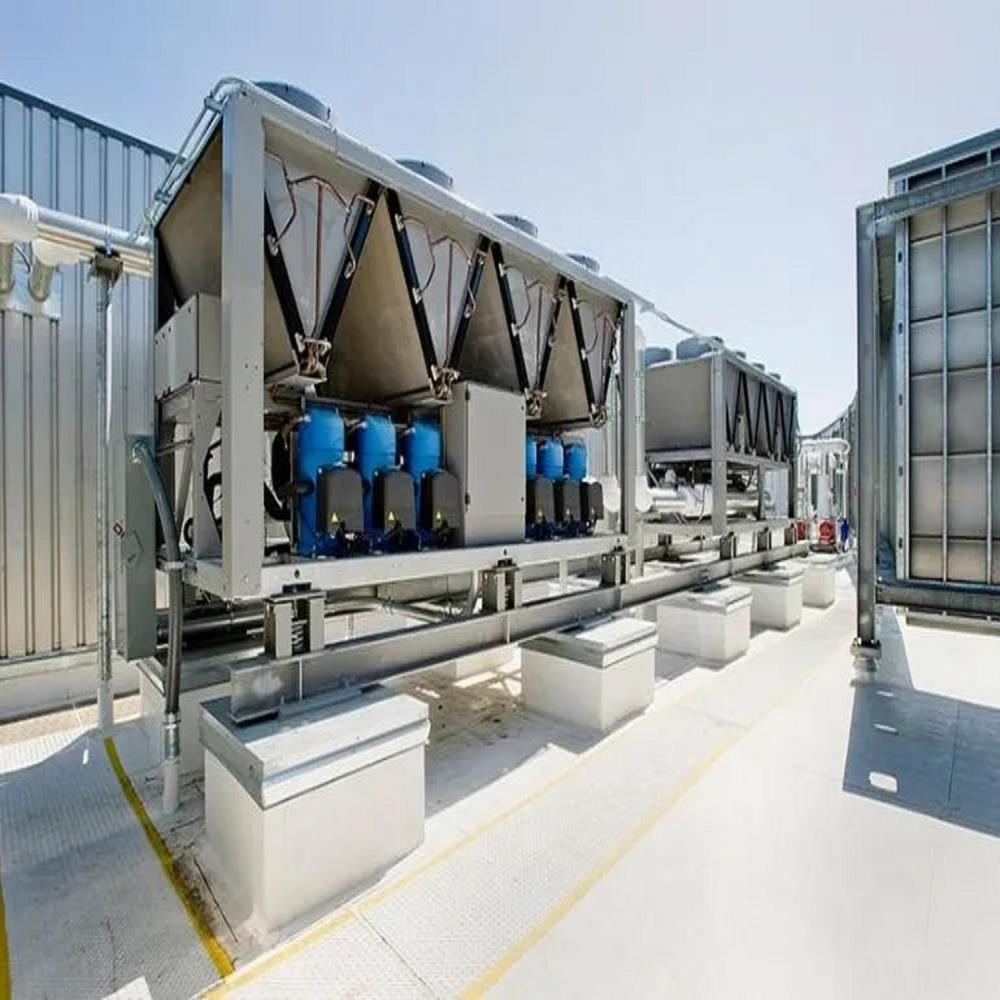Reactor jacket cooling for chillers
Product Details:
- Application Reactor jacket chillers
- Product Type Reactor jacket cooling chillers
- Usage industrial
- Material Other
- Power Supply electric
- Warranty yes
- Click to View more
Reactor jacket cooling for chillers Price And Quantity
- 1 Number
- 350000.0 INR/Number
Reactor jacket cooling for chillers Product Specifications
- Reactor jacket chillers
- Reactor jacket cooling chillers
- electric
- yes
- Other
- industrial
Reactor jacket cooling for chillers Trade Information
- Cash in Advance (CID)
- 20 Number Per Month
- 2 Week
- All India
Product Description
Reactor jacket cooling with chillers involves circulating a chilled fluid (like water or brine) through a jacket surrounding the reactor vessel to control and maintain the reaction temperature, preventing overheating or excessive temperature fluctuations.
Here's a more detailed explanation:
Purpose:
Reactor jacket cooling is crucial in chemical and pharmaceutical industries to control exothermic reactions (reactions that release heat) and maintain optimal reaction temperatures.
Mechanism:
A jacket, a space around the reactor vessel, is filled with a heat transfer medium (e.g., water, brine, or other fluids).
A chiller circulates the chilled fluid through the jacket.
The chilled fluid absorbs heat from the reactor vessel, effectively cooling the reaction mixture.
Types of Jackets:
Single-jacketed reactors: Use a single jacket for cooling.
Double-jacketed reactors: Feature an inner jacket for cooling and an outer jacket for insulation or vacuum insulation.
Benefits:
Precise Temperature Control: Allows for precise control of reaction temperatures, which is essential for optimal reaction outcomes and product quality.
Safety: Prevents overheating and potential hazards associated with uncontrolled exothermic reactions.
Versatility: Can be used for a wide range of applications, from pharmaceuticals to engine oil production.
Considerations:
Reaction Type: The type of reaction (exothermic or endothermic) and the required temperature range will determine the cooling requirements.
Reactor Size and Shape: The size and shape of the reactor will influence the design and capacity of the cooling system.
Agitation: The type of agitation used in the reactor can affect heat transfer and cooling requirements.
Safety: Ensure proper safety measures are in place, especially when dealing with hazardous chemicals or high-pressure systems.

Price:
- 50
- 100
- 200
- 250
- 500
- 1000+

